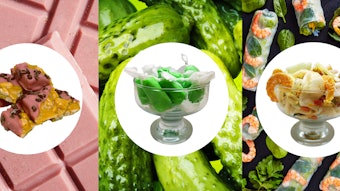Today, there are literally hundreds of commercially recognized varieties of mandarin and tangerine in existence worldwide. There is much confusion surrounding the difference between these products, and often the names are used interchangeably. Here, we outline the key types and discuss some of the many essential oils derived from mandarins and tangerines.
Back to Basics Mandarins:
The mandarin, Citrus reticulata, Rutaceae, is the largest and most varied group of edible citrus. Worldwide mandarin production is currently estimated to be in the range of 10-13 million tons. The most popular varieties for the Western market are the seedless and easy-to-peel types.
Mandarins are believed to have originated in China many centuries ago and evidence suggests that they were named after the colorful gowns worn by the well-respected Mandarins of the official court. The mandarin fruit spread from China into Japan, India, Arabia and North Africa before reaching Europe. From there, they were taken across the Atlantic Ocean to the New World courtesy of the travelers and traders of the late 19th century.










